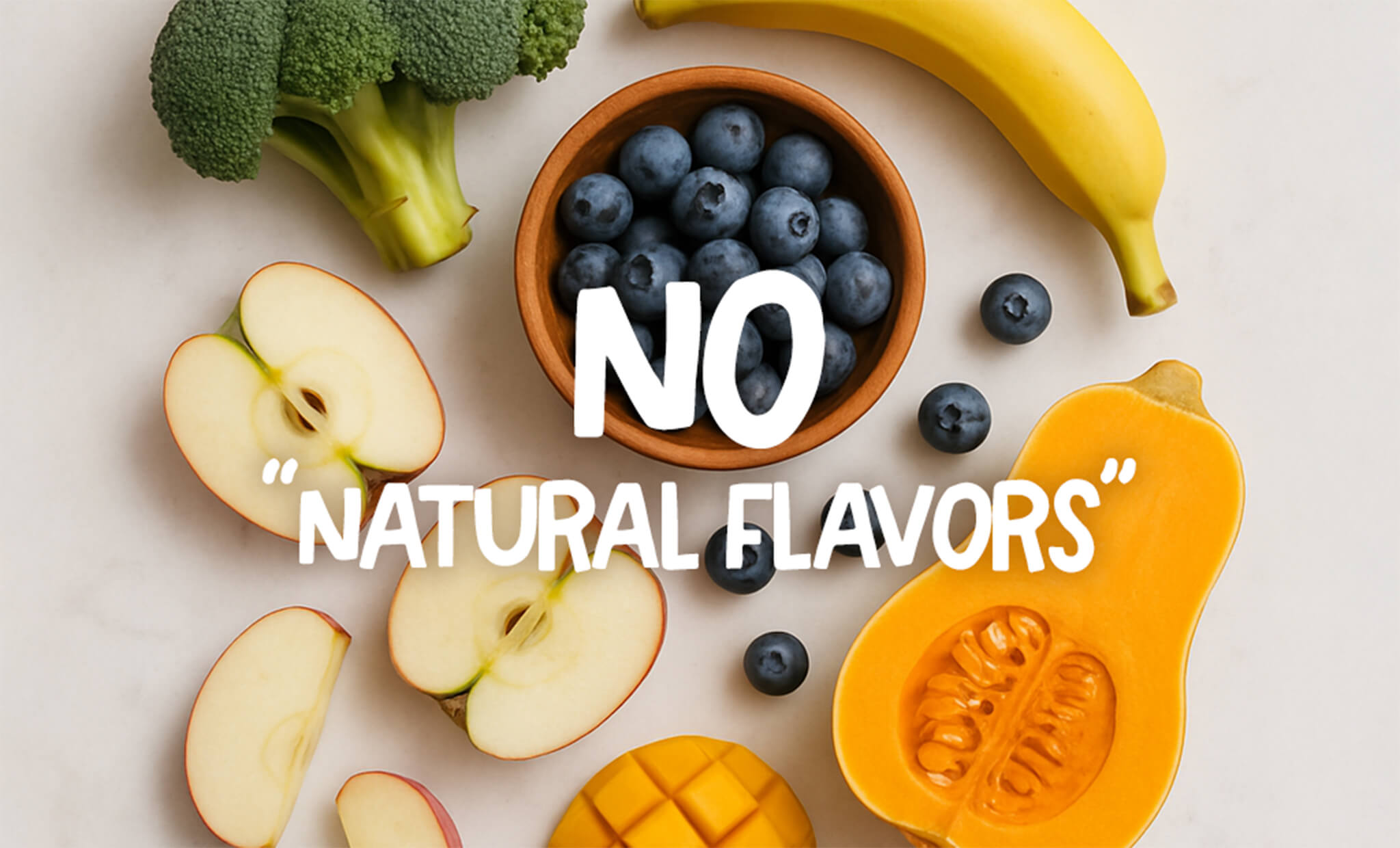
Natural Flavors Exposed: What Clean-Eating Parents Need to Know
In today's health-conscious society, consumers are increasingly scrutinizing food labels, aiming to make informed dietary choices. One ubiquitous yet often misunderstood term found on many ingredient lists is "natural flavors." While it may evoke images of fresh, unadulterated ingredients, the reality behind natural flavors is more complex. This article delves into what natural flavors are, potential concerns associated with them, and practical steps to minimize their presence in your diet.
Understanding Natural Flavors
The U.S. Food and Drug Administration (FDA) defines natural flavors as substances derived from plant or animal sources, including spices, fruits, vegetables, herbs, meat, seafood, poultry, eggs, and dairy products. These flavors are created through processes like heating or fermentation to extract specific chemicals intended to enhance taste, rather than provide nutritional value. Notably, the FDA does not require manufacturers to disclose the specific sources or chemical compositions of these natural flavors, leading to potential ambiguity for consumers. (healthline.com)
Potential Concerns with Natural Flavors
-
Lack of Transparency: Manufacturers are not obligated to specify the exact sources or components of natural flavors on ingredient labels. This lack of disclosure can be problematic for individuals with food allergies, dietary restrictions, or ethical considerations, as the term "natural flavors" can encompass a wide array of substances, including those derived from common allergens or animal products. (eatingwell.com)
-
Processing and Additives: Despite their "natural" origin, these flavors can undergo extensive processing and may include additional chemicals such as solvents, emulsifiers, and preservatives. The Environmental Working Group (EWG) points out that natural flavors can contain synthetic additives used during processing, which are not always disclosed to consumers. (ewg.org)
-
Nutritional Void: Natural flavors are designed solely to enhance taste and do not contribute any nutritional benefits. Their inclusion in a product often indicates a higher level of processing, which can correlate with lower overall nutritional value. (eatingwell.com)
Strategies to Avoid Natural Flavors
For those seeking to reduce or eliminate natural flavors from their diet, consider the following approaches:
-
Prioritize Whole Foods: Emphasize fresh, unprocessed foods such as fruits, vegetables, whole grains, legumes, nuts, and seeds. These items are free from added flavors and provide a rich array of nutrients. (verywellhealth.com)
-
Read Labels Diligently: When purchasing packaged goods, carefully examine ingredient lists. Be cautious of terms like "natural flavors," and opt for products that explicitly list all ingredients.
-
Choose Minimally Processed Products: Select items that are as close to their natural state as possible. For instance, plain yogurt can be flavored at home with fresh fruit, allowing you to control the ingredients and avoid added flavors.
-
Cook at Home: Preparing meals from scratch gives you complete control over the ingredients used, enabling you to avoid unwanted additives and flavors.
-
Engage with Manufacturers: If uncertain about the ingredients in a product, don't hesitate to contact the manufacturer for clarification. This proactive approach can provide peace of mind and inform your purchasing decisions.
While natural flavors are prevalent in many processed foods, understanding their origins and implications empowers consumers to make informed dietary choices. By prioritizing whole, unprocessed foods and remaining vigilant about ingredient labels, you can minimize the intake of ambiguous additives and take charge of your nutritional well-being.
0 comments